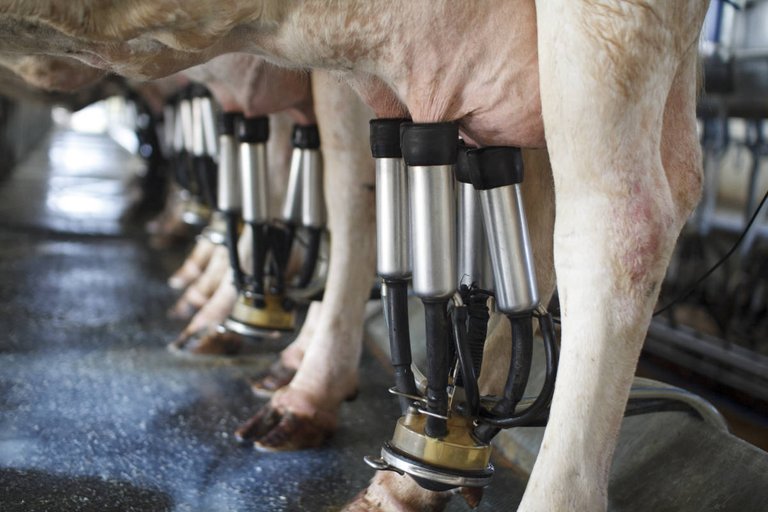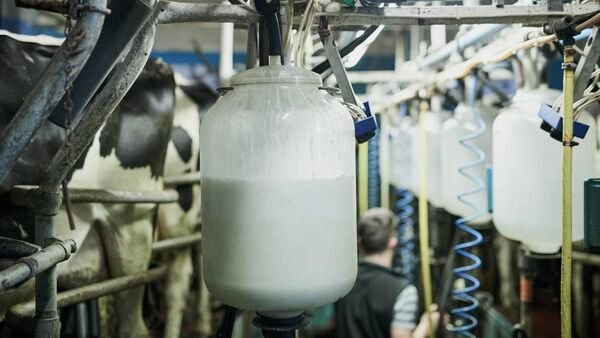On a global scale, the dairy industry is the most important sector on an economic level. In this sense, it is important to mention that in most developed and developing countries, a high percentage of milk production is used for cheese production, and it is estimated that a high percentage of the milk used is disposed of as sweet whey.



▶ According to records, this high percentage is not fully utilised, since in exceptional cases a minimal amount is used as a supplement in pig feed, and the rest is discarded in drainage systems, causing contamination of water bodies and reducing the physico-chemical quality of soils.

▶ Credits: Irishexaminer. – [Image of Public Domain]
≕ I invite you to stay tuned and read my next contribution ≔
In addition to the contamination of water bodies and soil, the discarding of sweet whey itself represents a waste of the nutrients present in this by-product.
This is because sweet whey retains about 55% of the total milk ingredients such as lactic acid, ash, fat, lactose, lipids, minerals, soluble proteins and water-soluble vitamins.
Now, taking into account that sweet whey retains this high percentage of milk ingredients, dairy industries can reuse it as an alternative for the production of products such as powdered whey, milk drinks, sweet milk, among others.

Therefore, I reiterate the need to propose alternatives for using the sweet whey discarded by agro-processing companies in their cheese production lines, by evaluating the physicochemical and organoleptic quality of two mixtures of dulce de leche based on sweet whey.
NOTE: Reference material.